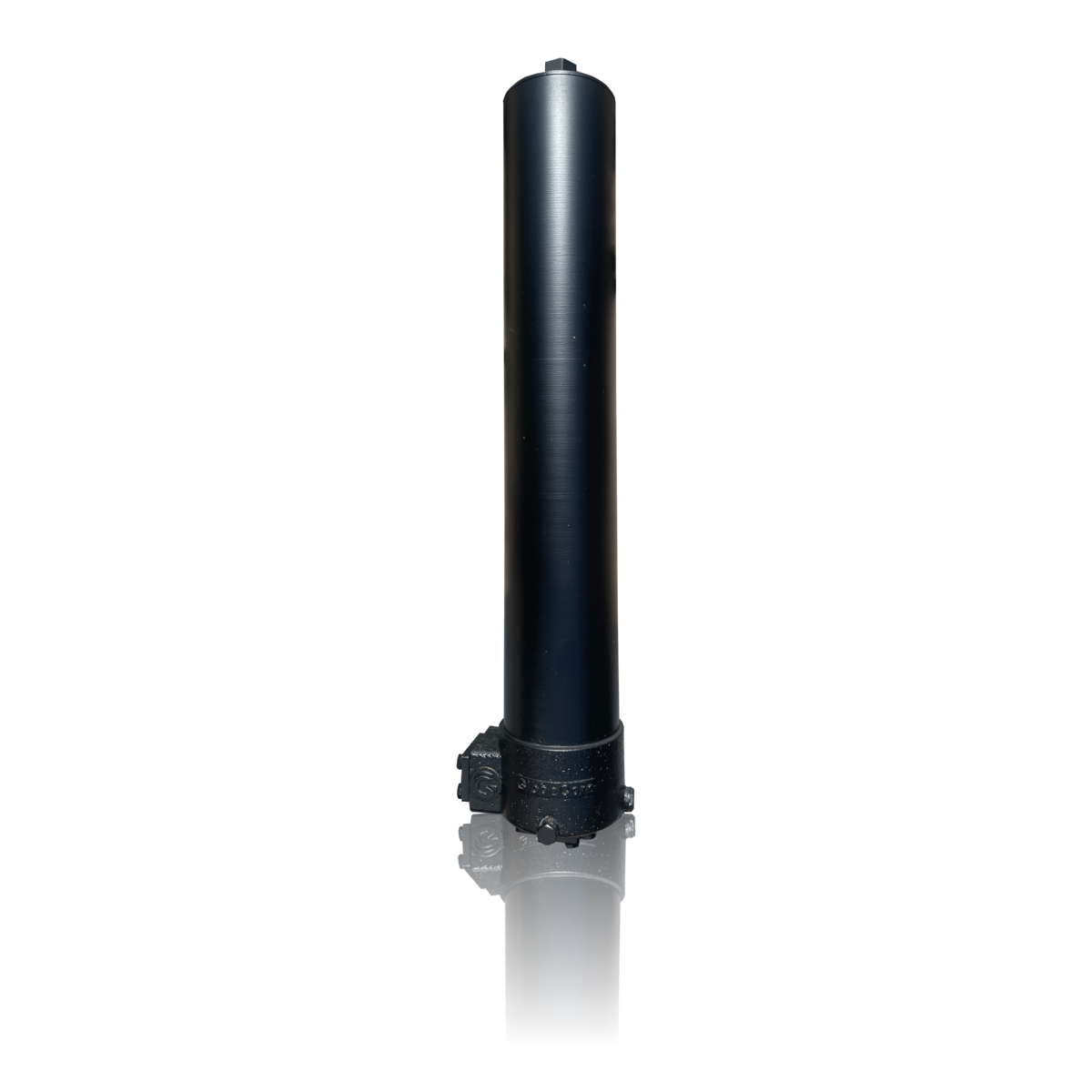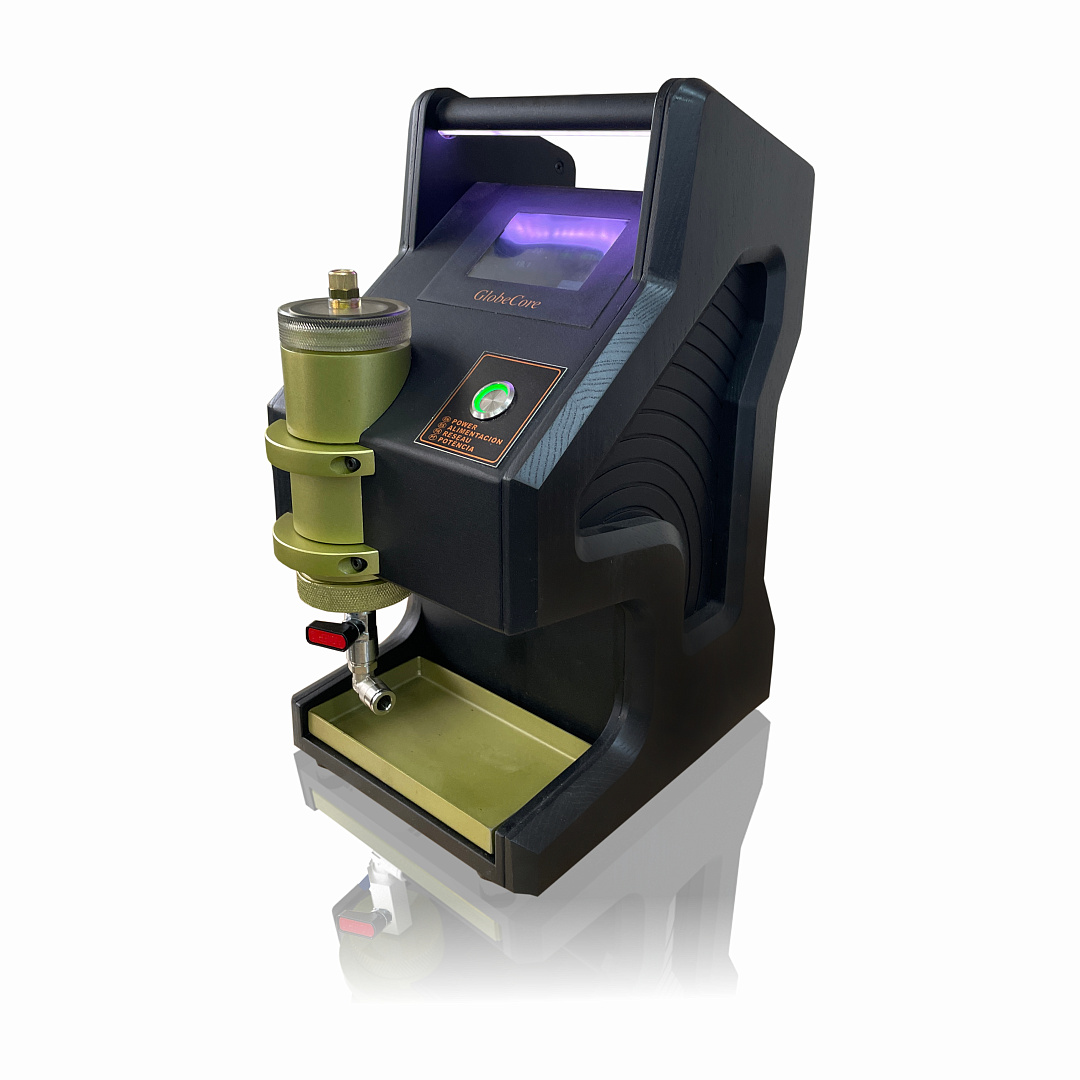How does Diesel Cleaner work to remove contaminants from fuel?
- Este tópico contém 1 resposta, 2 utilizadores e foi actualizado pela última vez há 1 ano, 2 meses por .
Answers
-
Outubro 5, 2024 às 1:16 pm by Olga Ivanova
Diesel Cleaner operates by chemically interacting with contaminants in diesel fuel to remove or neutralize them, ensuring clean and efficient fuel supply to the engine. Mechanism of Action involves solubilizing particulates, breaking emulsions, and binding impurities such as dirt, water, and microbial growth. Solubilizing Particulates allows solid contaminants to remain suspended in the fuel, making them easier to filter out during subsequent filtration stages. Breaking Emulsions separates water from diesel, preventing moisture-related issues like corrosion and microbial growth. Binding Impurities through chemical reactions transforms harmful contaminants into less problematic forms that can be more easily removed or do not adversely affect engine performance. Additives in Diesel Cleaners may include surfactants, biocides, and anti-oxidants that enhance the removal process by targeting specific types of contaminants. Additionally, Diesel Cleaners often improve fuel stability and combustion efficiency, reducing emissions and enhancing engine performance. By incorporating Diesel Cleaner into fuel management routines, operators ensure that diesel fuel remains free from harmful impurities, protecting engine components and maintaining optimal performance.



